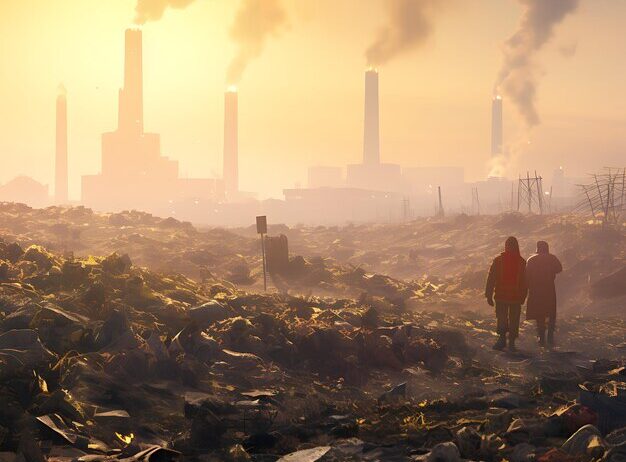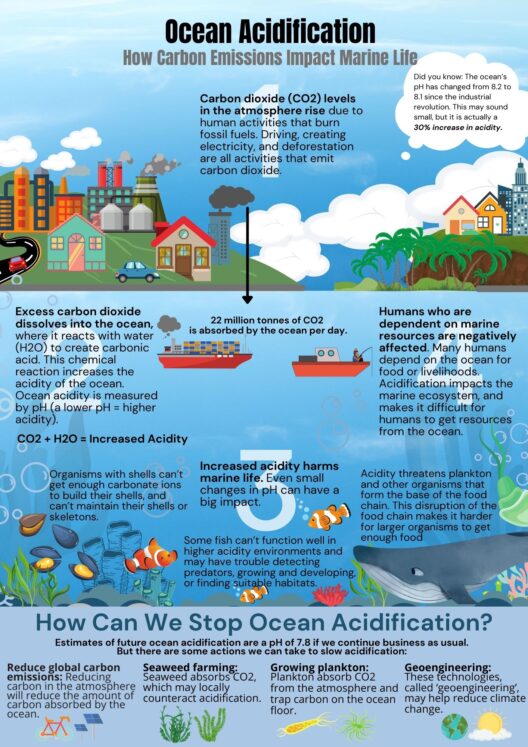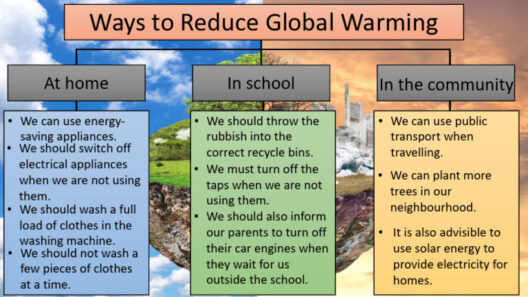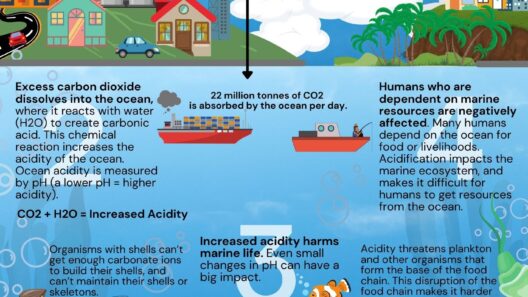Litter, often dismissed as mere debris on streets and beaches, masks a profound and insidious threat to our environment. The visible pollution we encounter daily is merely the tip of an iceberg, underpinning a much deeper ecological dilemma that impacts our climate. This article delves into the multifaceted ramifications of litter, unearthing the unseen climate costs associated with pollution.
At first glance, litter might seem like an aesthetic concern, detracting from the beauty of our natural landscapes. However, litter transcends its superficial nuisance; it acts as a harbinger of ecological degradation. For instance, plastic waste, a ubiquitous component of litter, degrades at an alarmingly slow rate—often taking hundreds to thousands of years to decompose. In the interim, it poses a substantial threat not only to wildlife but also to human health and the stability of ecosystems. As animals ingest plastic debris or become entangled in it, their mortality rates rise, creating ripple effects that disrupt entire food webs.
The ramifications of litter extend beyond immediate wildlife mortality. The decomposition of organic waste, often found interspersed with plastic and other non-biodegradable materials, releases methane—a potent greenhouse gas—into the atmosphere. Methane is estimated to be 28 times more effective than carbon dioxide at trapping heat over a 100-year period. Hence, the accumulation of litter catalyzes a surge in greenhouse gas emissions, inadvertently accelerating climate change. The very act of throwing away organic material without consideration for proper disposal techniques can therefore contribute significantly to global warming.
Furthermore, litter can exacerbate urban heat islands. In urban settings, the accumulation of waste heats the environment. This phenomenon arises from the dark surfaces of litter, which absorb and retain heat, thereby raising local temperatures. The consequential increase prompts augmented energy demands for cooling, leading to a vicious cycle of heightened fossil fuel consumption and further atmospheric degradation.
Urban areas, particularly those densely populated, serve as hotspots for litter accumulation. As urbanization progresses, the challenge of managing waste intensifies. Poorly implemented waste management systems lead to overflowing trash bins and garbage-filled streets, which become breeding grounds for pests and disease. The detrimental health effects stemming from these scenarios are often overlooked, but they are part of the broader narrative of pollution’s effects on human life. A direct correlation exists between polluted environments and respiratory diseases, allergies, and other health complications—an aspect that should pique public curiosity and concern.
The impact of litter on waterways cannot be overstated. Rivers and oceans are particularly vulnerable to litter pollution, with an incessant influx of debris suffocating aquatic ecosystems. Marine organisms mistake plastic for food, leading to ingestion that can result in injury or death. As toxins from plastics enter the food chain, they bioaccumulate, adversely affecting not only marine life but also the health of humans who consume contaminated seafood. This interaction emphasizes the interconnectedness of ecosystems and highlights a historical negligence in addressing litter as a pressing environmental issue.
The transition towards a circular economy emerges as an indispensable solution to combat the pervasive issue of litter. This model advocates for recycling, reusing, and reducing materials, aiming to maintain resources within the economy for as long as possible. By reimagining waste as a resource, we can not only mitigate litter but also lessen its contribution to climate change. Public awareness and education play pivotal roles in fostering this paradigm shift. Empowering communities with knowledge about the impacts of litter can ignite initiatives to reduce waste, clean up local environments, and advocate for systematic changes at policy levels.
The concept of “littering” also begs for reevaluation. It is not enough to install trash bins strategically or run clean-up drives sporadically; societal attitudes must shift towards intrinsic respect for the environment. Engaging youth and leveraging social media can serve as powerful tools in this transformative journey. With innovation and technology, communities can launch campaigns focused on environmental stewardship, making sustainability a communal value rather than a mere obligation.
Despite the daunting challenges litter presents, tangible progress can be achieved through collaborative efforts. Governments, businesses, non-profit organizations, and individuals all possess roles in combating litter and its insidious ramifications. Legislation aimed at reducing single-use plastics, investing in biodegradable alternatives, and promoting fanfare surrounding public clean-up efforts can collectively create substantial change. Engaging all sectors—from governmental agencies to grassroots activists—can facilitate a more robust approach to tackling this grave issue.
In conclusion, the unseen climate cost of pollution, accentuated by litter, demands urgency and action. The multifarious impact it has on ecosystems, human health, and climate change calls for a reimagined approach to waste management and a shift in collective consciousness. As we cultivate a greater understanding of our environmental footprint, it becomes increasingly vital to foster a culture of responsibility and stewardship. Every piece of litter carries with it a deeper narrative—one that echoes the urgent need for systemic change. Only by addressing this lingering impact can we aspire to safeguard our planet and ensure a viable future for generations to come.







